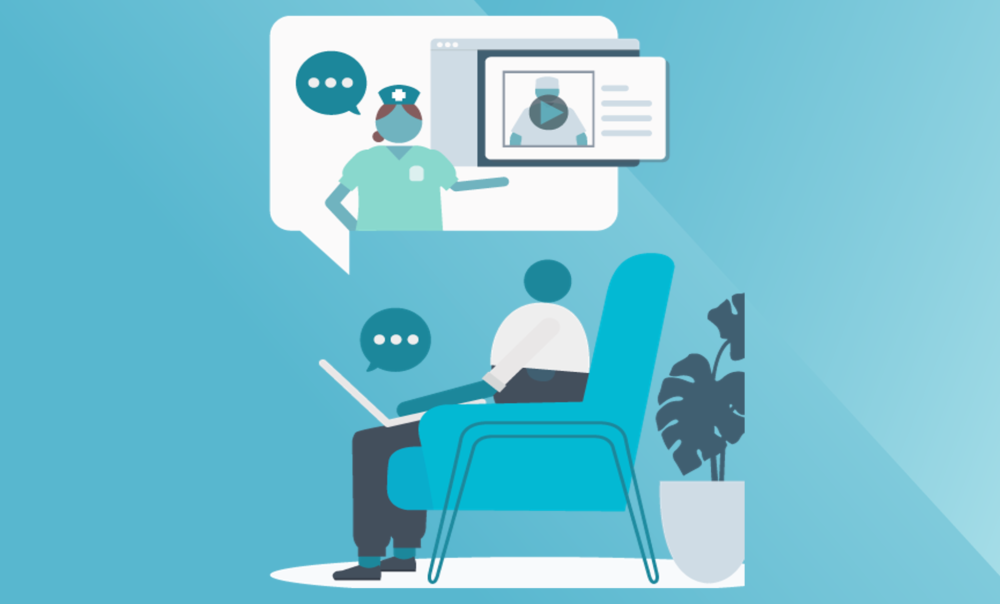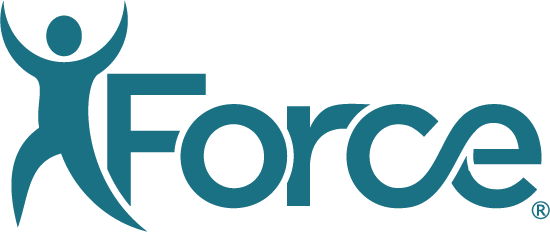
The surge in telehealth
COVID-19 had a profound impact on healthcare and clinical research. Its demand for social distancing has resulted in widespread surgery cancellations, repurposing of hospital staff and resources, and increased emphasis on virtual care and communications. Above all else, the pandemic has created a rational fear for patients re-entering medical facilities, and providers are adapting quickly. With continued efforts to limit in-person interactions, many organizations have leaned heavily on platforms like Force to integrate telehealth software into their medical practice. The benefits of Force’s comprehensive design allow providers to prescribe education and recovery pathways at scale. With limited staffing coupled with the pressure to adopt telehealth technology, clinicians have become reliant not just on Force’s prescriptive education and rehab, but also the additive benefits of integrated telemedicine.
Northside Hospital in Atlanta, proprietor to one of the most efficient and successful total joint service lines in the country, has made use of our telehealth function to set up virtual meetings for preoperative patients and provide consultations for post-operative patients who are at risk of complication.
Patient communication is easier than ever
Telehealth services save many patients from traveling to Northside medical facilities, a feat that oftentimes proves difficult for residents of the highly populated and trafficked area. Furthermore, since Force already exists as an extension of the surgeon and his / her primary care team, patients are engaged in their recovery, less likely to miss their virtual appointments than use of stand-alone platforms, and able to ask questions regarding their prescribed care plans without leaving their home. Northside providers have found that by keeping all virtual communication (i.e. standardized education, COVID-specific care instructions, virtual rehab, video calling, messaging, etc) in one single platform, they’re more inclined to make each interaction meaningful rather than simply checking the telemedicine box for reimbursement purposes.
For example, some providers are using Force’s telehealth solution to provide some brief in-person physical therapy:
“Having it all in one place is extremely useful to connect with patients remotely,” explained Ben Gibson, a PT at Northside, “especially when it works on a mobile device, it becomes useful if a patient needs to demonstrate ADLs or range of motion.”
Since many patients across the country cannot access in-person physical therapy, having a comprehensive solution is integral for maintaining a positive patient experience while keeping operating and throughput costs to a minimum.
Empower your patients with knowledge
The future of care delivery is headed towards everything Force embodies; empowering patients by getting the guided care they need, the questions they want answered, and the overall support they seek all from one integrated source. “It’s made a world of difference,” Dr. Kenneth Kress, orthopedic surgeon at Northside suggested, “without Force patients would have been lost. They would have been scrambling to come into the office and wouldn’t know what to do.”
For more information on integrated telemedicine, reach out to our team for a live demo.



